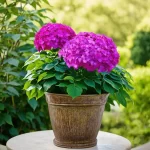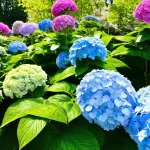Types of hydrangea trees come in various shapes, sizes, and colors, making them a favorite among gardeners. These unique plants are essentially hydrangeas trained into tree-like forms, offering both aesthetic appeal and practical benefits for any landscape. Known for their large, showy blooms, hydrangea trees are not only perfect for creating a focal point in your garden but also add a touch of elegance and charm.
Understanding Hydrangea Trees
What Are Hydrangea Trees?
Hydrangea trees, also known as standard hydrangeas, are cultivated hydrangea bushes that have been pruned and trained to grow in an upright, tree-like shape. Unlike bush varieties, hydrangea trees typically feature a single main trunk topped with a canopy of beautiful flowers. These trees can vary significantly in height (ranging from 3 to 15 feet) and width, depending on the specific variety and care provided.
Basic Features
Hydrangea trees thrive in a variety of climates and soil types. Here are some key features of these versatile plants:
| Feature | Detail |
|---|---|
| Growth Habit | Tree-like, usually with a single trunk |
| Height Range | 3 to 15 feet |
| Flower Shapes | Round, dome-shaped, or conical |
| Bloom Colors | White, pink, blue, and lavender |
| Sun Requirements | Prefers partial to full sunlight |
| Soil Preference | Well-drained, moist soil |
Popular Types of Hydrangea Trees
Hydrangea trees can primarily be categorized into several popular varieties. Below are some of the most notable types:
1. Pee Gee Hydrangea (Hydrangea paniculata ‘PeeGee’)
- Description: Known for its large, cone-shaped flower clusters that transition from white to pink in the fall.
- Height: Typically grows 8 to 10 feet tall.
- Best For: Tolerates various soil conditions and is very hardy.
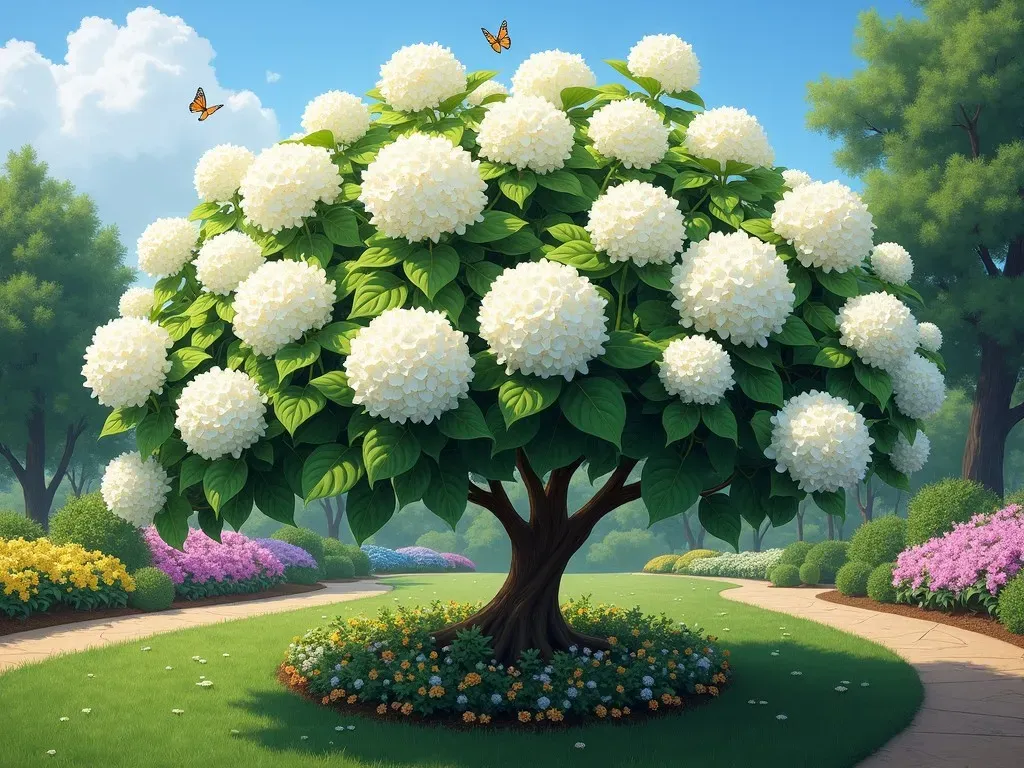
2. limelight hydrangea (Hydrangea paniculata ‘Limelight’)
- Description: Features striking lime-green flowers that turn pinkish during the fall.
- Height: Can grow up to 6 to 8 feet.
- Best For: Perfect for brightening up shaded areas due to its vibrant color.
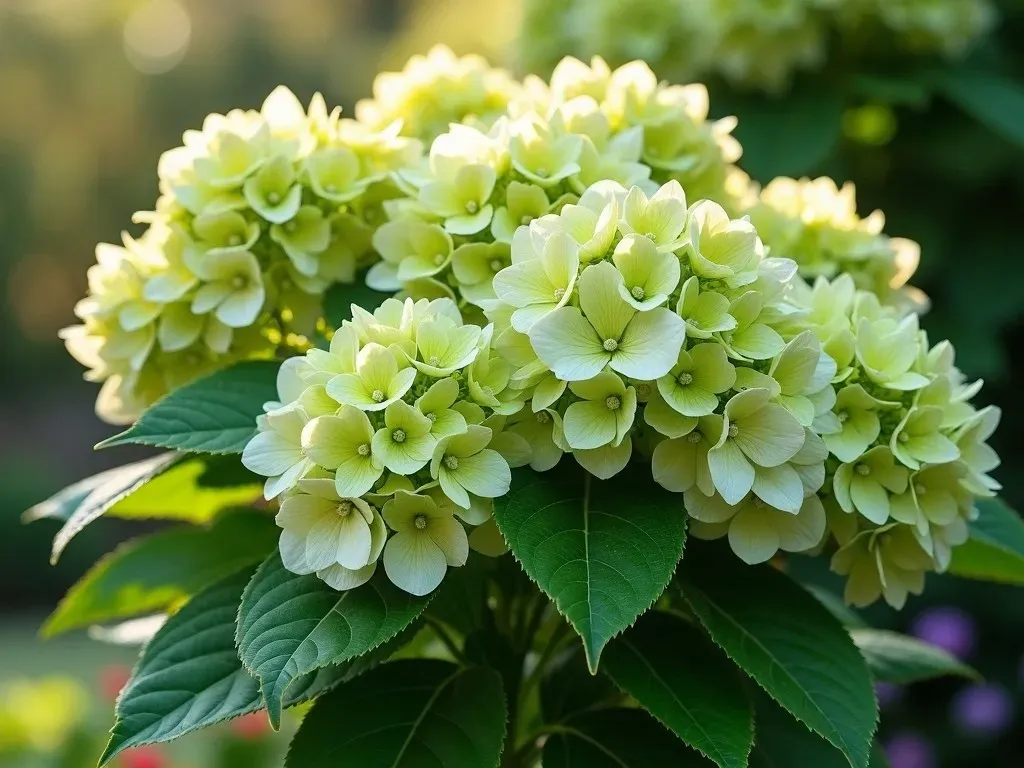
3. Annabelle Hydrangea (Hydrangea arborescens ‘Annabelle’)
- Description: Noted for its large, globe-like white flowers that can measure up to 12 inches in diameter.
- Height: Reaches about 4 to 5 feet tall.
- Best For: Good drainage is essential for thriving.
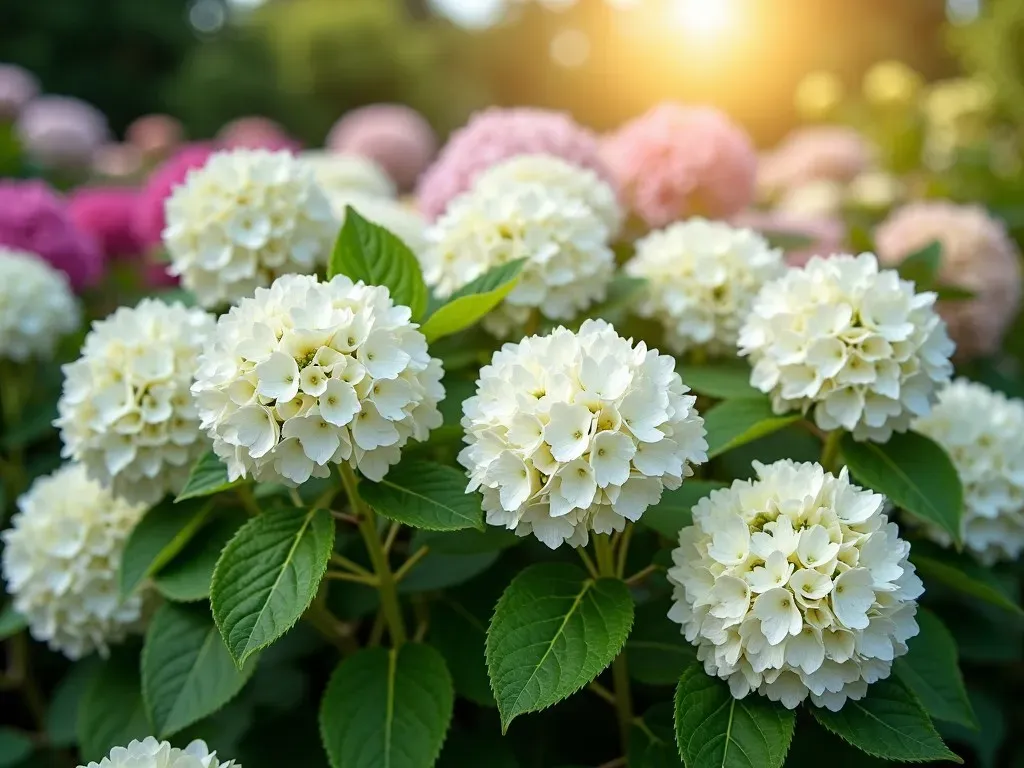
4. Endless Summer Hydrangea (hydrangea macrophylla)
- Description: A unique variety that produces flowers in blue, pink, and purple based on soil pH.
- Height: Generally grows between 3 to 5 feet.
- Best For: Offers continuous blooms throughout summer.
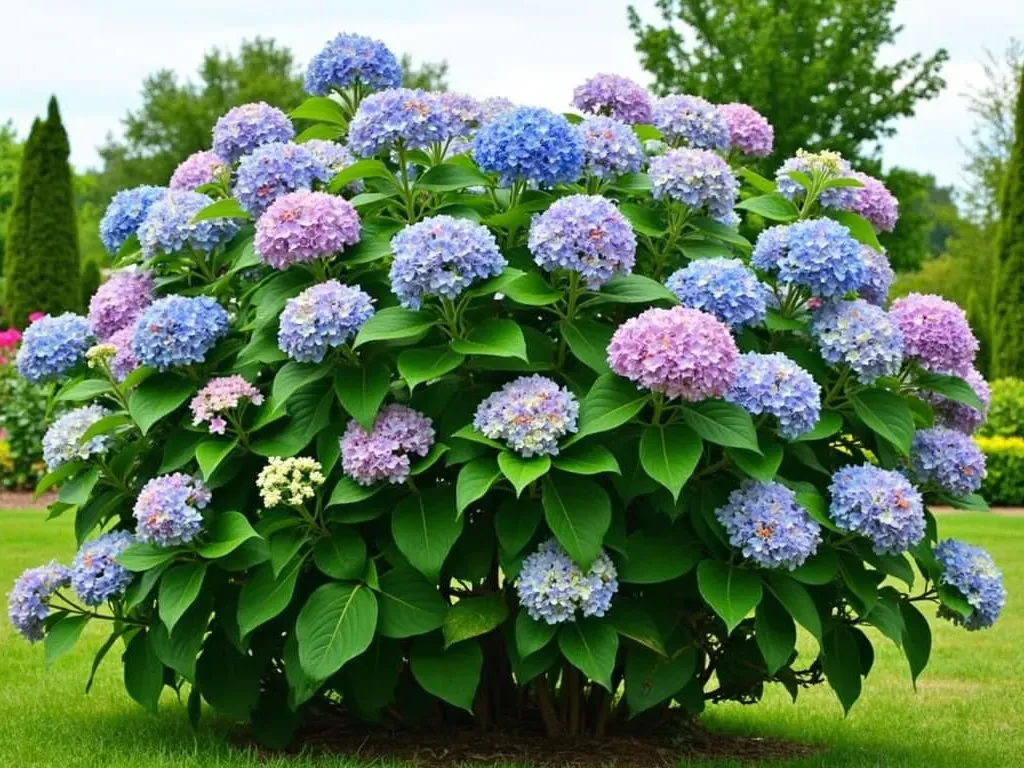
5. Fire Light Hydrangea (Hydrangea paniculata ‘Fire Light’)
- Description: Features large, upright flower clusters that shift colors from white to deep strawberry red as the season progresses.
- Height: Usually reaches 6 to 8 feet in height.
- Best For: Exceptional fall color displays!
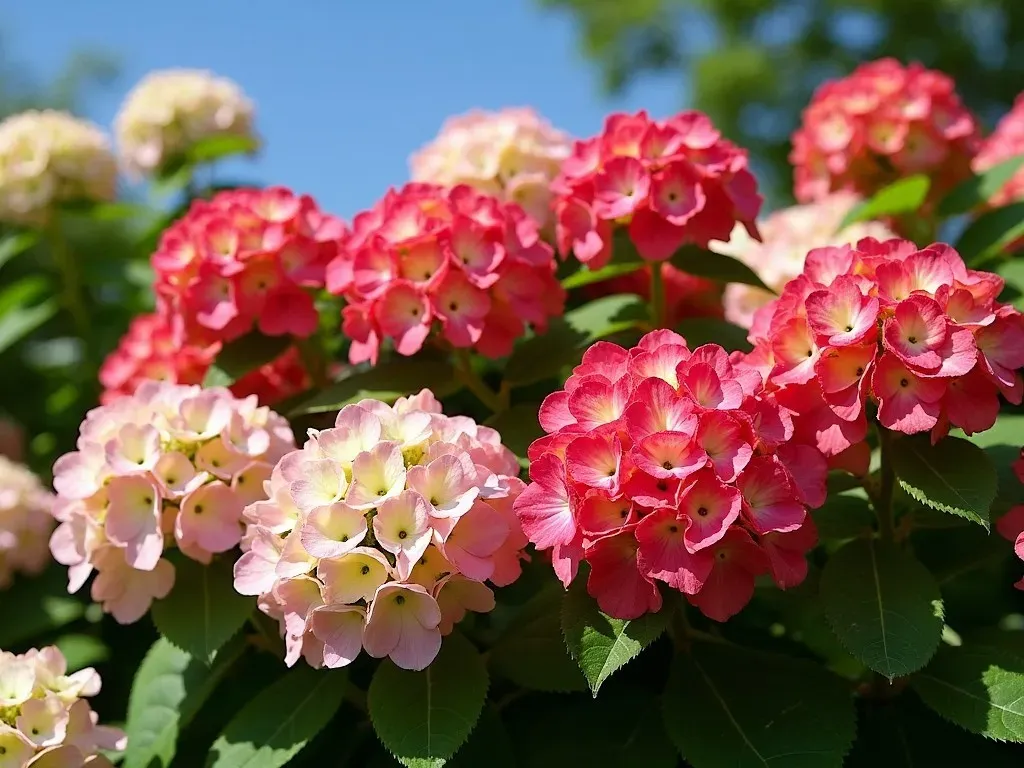
Unique Characteristics of Hydrangea Trees
Hydrangea Tree Colors
The color of hydrangea flowers can vary significantly based on the type of hydrangea and soil conditions. Here are some common colors associated with various types:
| Hydrangea Type | Color Options |
|---|---|
| Pee Gee Hydrangea | White, then pink |
| Limelight Hydrangea | Lime green to pink |
| Annabelle Hydrangea | White |
| Endless Summer Hydrangea | Blue, pink, purple |
| Fire Light Hydrangea | White, then strawberry red |
The Best Hydrangea Trees
Choosing the best hydrangea tree involves considering factors such as climate adaptability, flower color, and maintenance requirements. The following varieties are highly regarded:
- Pee Gee Hydrangea
- Limelight Hydrangea
- Endless Summer Hydrangea
- Fire Light Hydrangea
The biggest hydrangea Tree
Some varieties can grow quite large, with Pee Gee hydrangea being one of the largest, often reaching heights of up to 15 feet in favorable conditions.
Growing Hydrangea Trees
Planting Tips
When planting hydrangea trees, consider the following:
- Choose a location with partial sun.
- Ensure the soil is well-draining and rich in organic matter.
- Water regularly, especially during hot, dry spells.
Pruning Hydrangea Trees
Pruning is essential to maintain the tree shape and promote healthy growth. Generally, pruning should be done in late winter or early spring. Remove dead or damaged branches and shape the canopy for better airflow and sunlight penetration.
FAQ Section
Can hydrangea trees be grown in containers?
Yes, smaller varieties can thrive in large containers, making them ideal for patios or balconies. Ensure proper drainage and consider the size of the container as the tree grows.
When do hydrangea trees bloom?
Depending on the variety, most hydrangea trees bloom from late spring to early summer, with some varieties offering continued blooms into fall.
How do I change the color of my hydrangea tree flowers?
The color of hydrangea flowers can be influenced by soil pH. Acidic soils will produce blue flowers, while alkaline soils will result in pink flowers.
For more detailed information about hydrangea trees, visit Home for the Harvest.
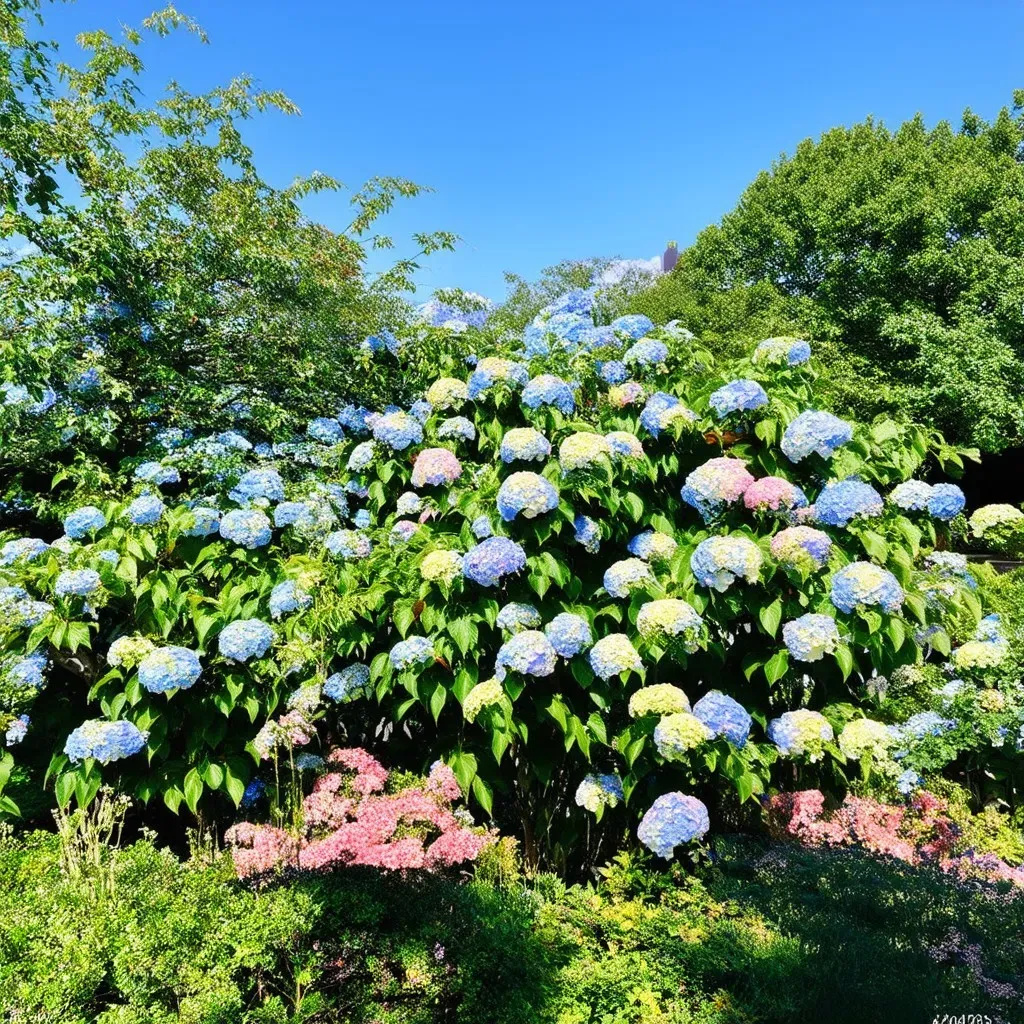
By understanding the types of hydrangea trees available and their unique characteristics, you can choose the best varieties to enhance the beauty of your garden. These stunning plants can provide a floral display that transitions through the seasons, making them a must-have for any gardening enthusiast.

